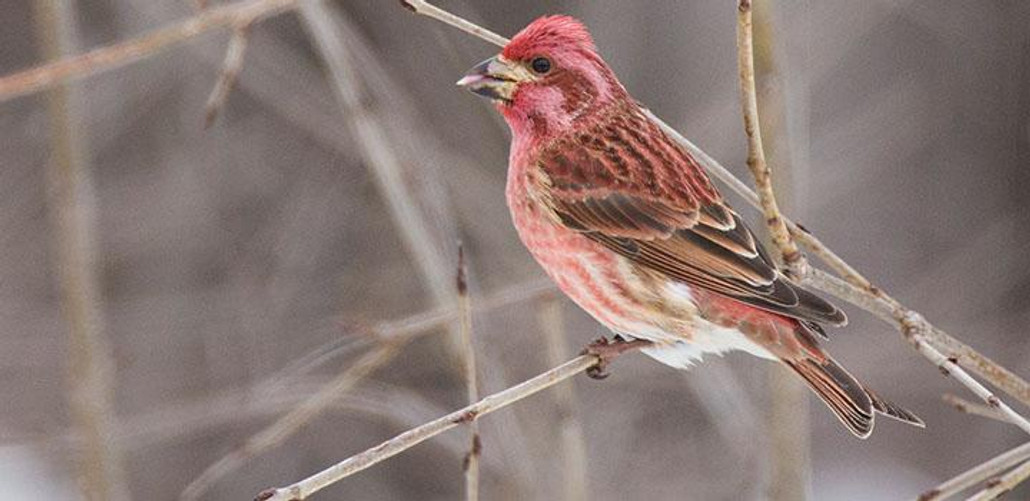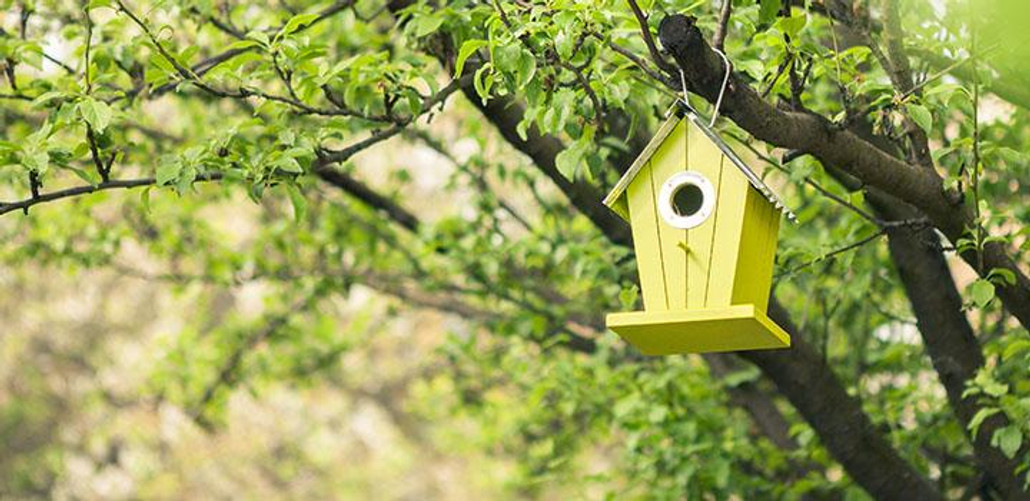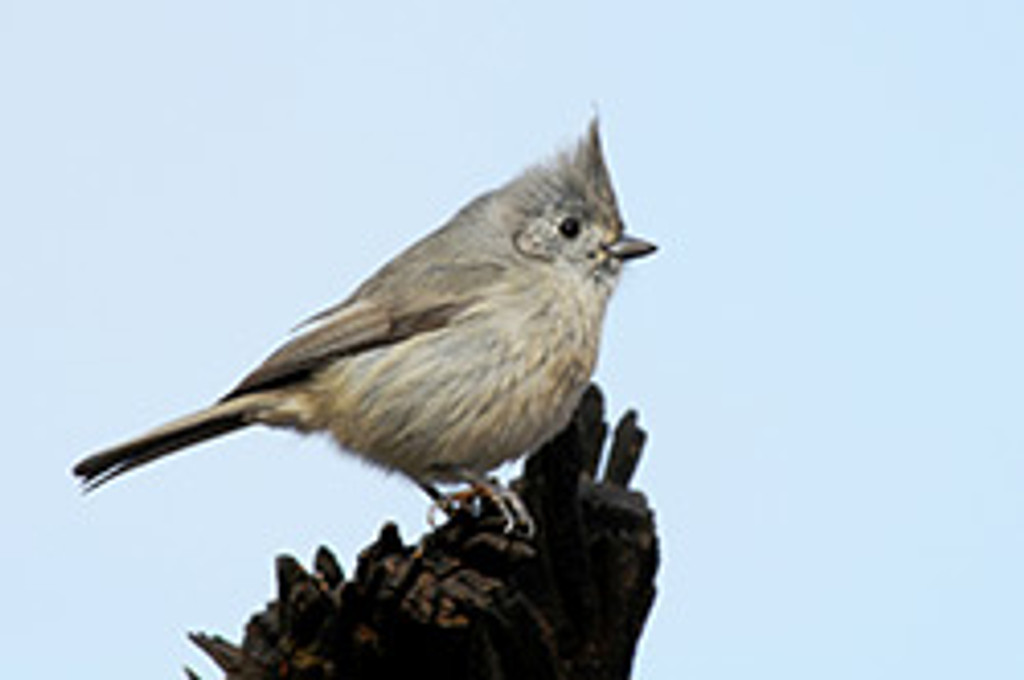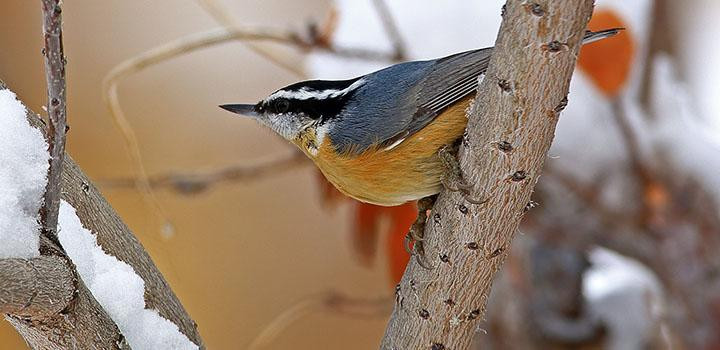Posted by Grange Co-op on 1st Oct 2017
Female:Raspberry-red head, cap, breast, back and rump. Little or no brown streaking on breast and flanks. Brownish wings and tail.
Male:Same as female, immature plumage in males is kept one year.NESTING:
Female and male build a cup nest of twigs, grasses, rootlets, and moss lined with horsehair, moss and rootlets, placed on a horizontal branch far from the trunk 5-60 ft. high. Female incubates 3-6 eggs which are light green-blue with dark… Read more
Posted by Grange Co-op on 1st Feb 2016
The first step in choosing a bird house is to assess what type of habitat you live in and therefore, what birds might be inclined to use your nest box. Please note: Not all birds will use a nest box. Only birds that naturally nest in cavities of trees will use a box. Many of the birds that come to your feeders, such as Goldfinches, Pine Siskins, House Finch, Sparrows, Towhees, Juncos, Mourning Doves, and Hummingbirds make their own nest out… Read more
Posted by Grange Co-op on 13th Jan 2015
Male & Female: Identical small, brown-tinged gray bird with small tuft or crest. The face is plain and the undersides are a lighter gray. Large dark eyes; stubby, bluish gray bill; bluish gray legsNESTING:
Nests in natural cavities, abandoned woodpecker holes and birdhouses. Nest is made of grass, moss, fur and feathers. Female incubates 6-8 mostly unmarked white eggs for 14-16 days. young fledge at 6-21 days and are independent at 5 wee… Read more
Posted by Grange Co-op on 7th Jan 2015
Male: A small, gray-backed bird with a black cap and a prominent black eye stripe and white eyebrow and cheek. Sports a rust red breast and belly and a pointed, slightly upturned bill.
Female: Similar to male, with a gray cap and more lightly colored underparts.NESTING:
The female builds a nest of rootlets, grasses, mosses, and shredded bark in a natural cavity, old woodpecker hole, or birdhouse 5 - 120 feet above the ground. The entrance… Read more




